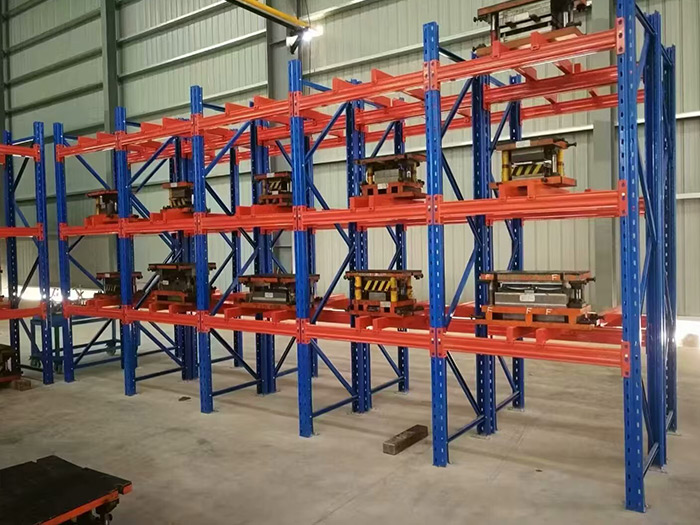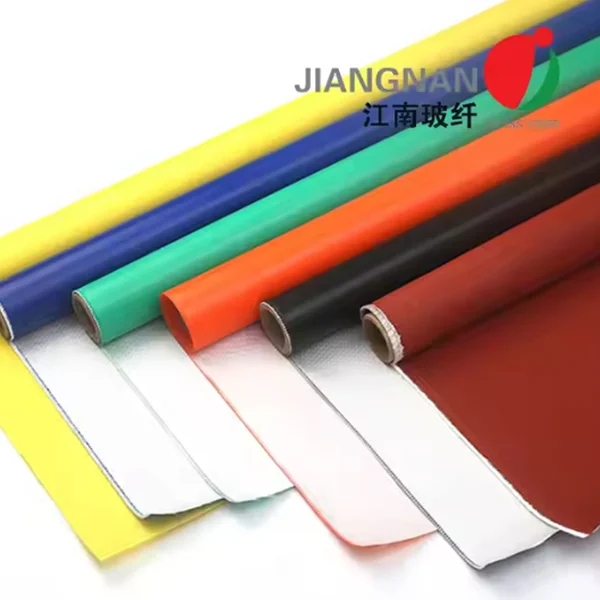Transforming Your Space: A Comprehensive Guide to Drywalling Over Popcorn Ceilings
4 min readWhen it comes to home renovations, few projects can be as transformative as updating a ceiling. Popcorn ceilings, once a popular choice for their acoustic properties and ease of installation, have fallen out of favor due to their dated appearance and difficulty in cleaning. If you're considering a ceiling makeover, you might be asking yourself, Can I drywall over a popcorn ceiling? The answer is yes, but there are several factors to consider before diving into this project. This article will explore the process, benefits, and potential pitfalls of drywalling over popcorn ceilings, ensuring you have all the information you need for a successful renovation.
Understanding Popcorn Ceilings
Before we delve into the drywalling process, it's essential to understand what popcorn ceilings are. Also known as acoustic ceilings, these textured surfaces were popular in the mid-20th century for their ability to absorb sound and hide imperfections. However, they can accumulate dust and are notoriously difficult to clean. Additionally, many popcorn ceilings installed before the 1980s may contain asbestos, posing health risks during removal. Therefore, if your home was built before this period, it's crucial to test for asbestos before proceeding with any renovations.
Benefits of Drywalling Over Popcorn Ceilings
- Aesthetic Upgrade: One of the most significant advantages of drywalling over a popcorn ceiling is the immediate aesthetic improvement. Smooth ceilings are more modern and can make a room feel larger and more open.
- Ease of Maintenance: Unlike popcorn ceilings, which can trap dust and cobwebs, drywall ceilings are much easier to clean. A simple wipe down with a damp cloth is often all that’s needed to keep them looking fresh.
- Increased Home Value: Updating your ceilings can enhance your home's overall appeal, potentially increasing its market value. Prospective buyers often prefer modern finishes, and a smooth ceiling can be a selling point.
- Improved Lighting: Smooth ceilings can enhance the effectiveness of lighting fixtures, providing a more even distribution of light throughout the room.
The Drywalling Process
If you've decided to drywall over your popcorn ceiling, follow these steps for a successful installation:
- Preparation
- Assess the Condition: Inspect the popcorn ceiling for any signs of damage or water stains. If the ceiling is in poor condition, it may be better to remove it entirely rather than drywall over it.
- Test for Asbestos: If your home was built before the 1980s, conduct an asbestos test. If asbestos is present, consult a professional for safe removal.
- Gather Materials: You'll need drywall sheets, drywall screws, a drywall saw, a drill, a taping knife, joint compound, and a sander.
- Installation
- Attach Furring Strips: To create a stable surface for the drywall, attach furring strips perpendicular to the joists of the ceiling. This will provide a solid framework for the drywall to adhere to.
- Cut and Hang Drywall: Measure and cut the drywall sheets to fit the ceiling area. Secure the drywall to the furring strips using drywall screws, ensuring that the screws are slightly recessed.
- Tape and Mud: Once the drywall is installed, apply joint tape over the seams and cover with joint compound. Feather the edges to create a smooth transition between the drywall and the ceiling.
- Sand and Finish: After the joint compound has dried, sand the surface until smooth. You may need to apply additional coats of compound and sand again for a flawless finish.
- Painting
Once the drywall is smooth and free of imperfections, it’s time to paint. Choose a high-quality ceiling paint for the best results. A fresh coat of paint can dramatically enhance the overall look of your room.
Potential Pitfalls to Consider
While drywalling over a popcorn ceiling can be a rewarding project, there are some potential challenges to keep in mind:
- Weight Considerations: Adding drywall increases the weight on your ceiling joists. Ensure that your structure can support the additional weight, especially in older homes.
- Height Reduction: Installing drywall will lower your ceiling height slightly. If your space is already small, this could make it feel even more cramped.
- Cost: While drywalling is often more cost-effective than removing popcorn ceilings, it still requires an investment in materials and labor. Be sure to budget accordingly.
Conclusion
In conclusion, drywalling over a popcorn ceiling is not only possible but can also be a highly effective way to modernize your home. By understanding the process, benefits, and potential pitfalls, you can make an informed decision about whether this project is right for you. Whether you choose to tackle the job yourself or hire a professional, the result will be a fresh, clean ceiling that enhances the beauty and value of your home. So, roll up your sleeves and get ready to transform your space!



